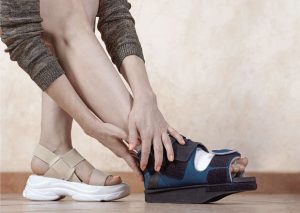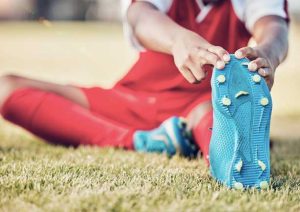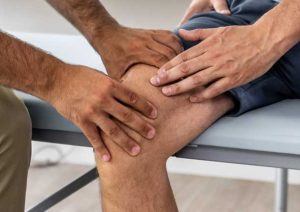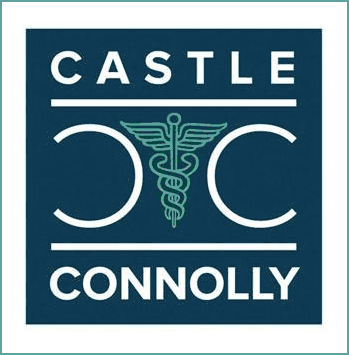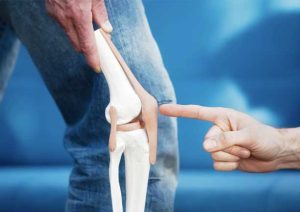
Quadriceps Tendon Repair Post Op Protocol
Quadriceps tendon repair is typically needed for individuals who have sustained an injury or tear in the quadriceps tendon. Read on to learn more about general post op protocols, what the best sleeping options are post op, when one can expect to walk and exercise post op, as well as tips on speeding up recovery. The quadriceps tendon is a thick, strong tendon that connects the quadriceps muscles in the thigh to the patella (kneecap). This tendon is essential for normal knee function and allows for movements such as running, jumping, and walking. Quadriceps tendon injuries can be sustained due to a number of reasons, including: Individuals who may require quadriceps tendon repair often experience symptoms such as severe pain, swelling, difficulty walking or extending the knee, and a noticeable gap or indentation above the patella where the tendon has torn. Quadriceps tendon surgical repair is typically recommended for individuals who have significant tears or complete ruptures of the tendon. What does typical Quadricep tendon repair post op protocol look like? The postoperative recovery for Quadricep tendon repair may vary depending on the surgeon’s preferences, the extent of the injury, and individual patient factors. A general outline of a typical postoperative protocol for quadriceps tendon repair looks something like this: Immobilization Following surgery, the knee is usually placed in a hinged knee brace or a cast to protect the repair and promote healing. The immobilization period may last for several weeks, during which weight-bearing is restricted or completely prohibited. Ice and Elevation Ice therapy and elevation are commonly recommended to reduce pain, swelling, and inflammation. Ice packs or using an ice machine can be applied to the surgical site for 15-20 minutes at a time and elevating the leg above heart level can help in the early stages of recovery.



